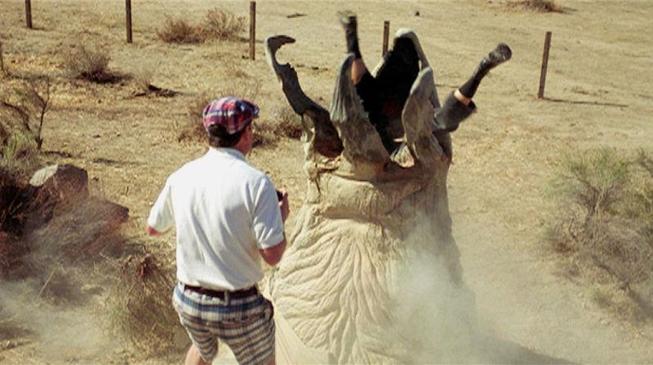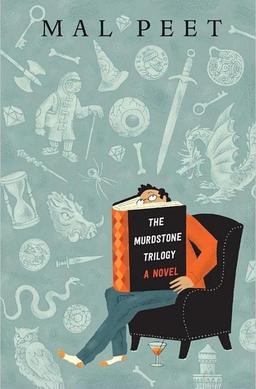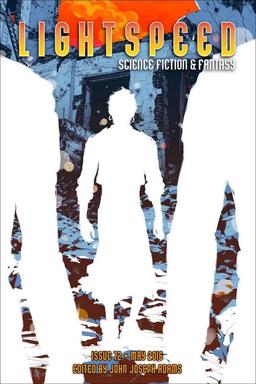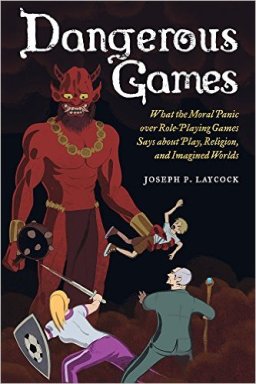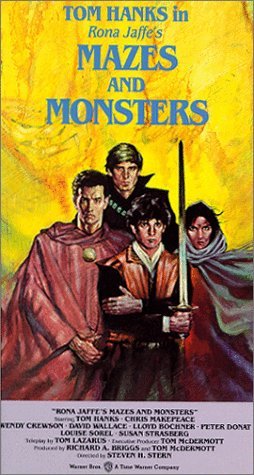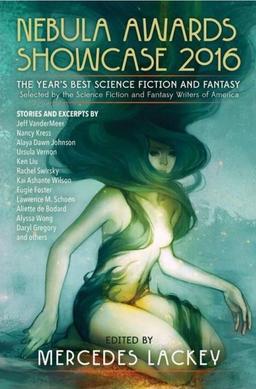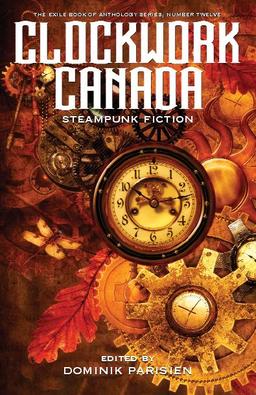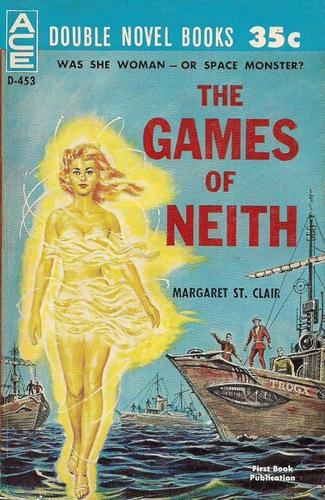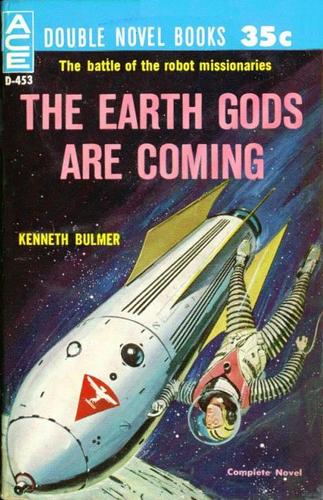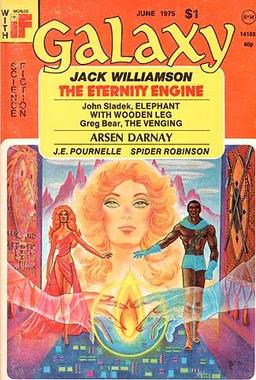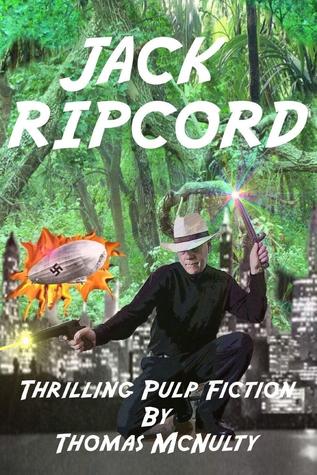Future Treasures: The Medusa Chronicles by Stephen Baxter and Alastair Reynolds
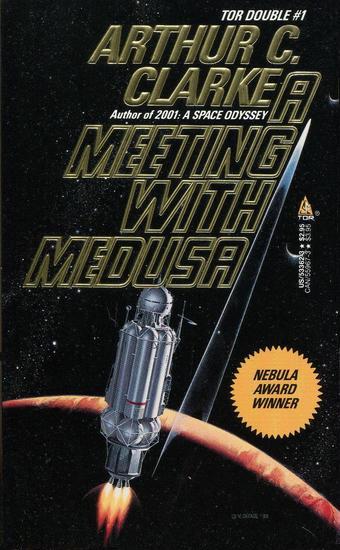 |
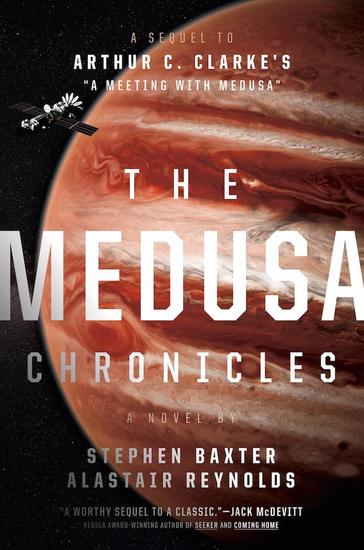 |
Arthur C. Clarke’s A Meeting With Medusa won the Nebula Award for Best Novella in 1971, and 45 years later is still considered one of the great classics of SF. It introduced us to Howard Falcon, who suffered a terrible accident while exploring the hostile skies of Jupiter — an accident that nearly destroyed his helium-filled airship, and both turned him into the world’s first cyborg, his badly damaged body largely replaced with machines, and made him essentially immortal. When Falcon returns to Jupiter in a more advanced ship, he makes contact with giant jellyfish-like creatures he names “Medusae.” The Medusae may be intelligent, and Falcon’s experience with them changes him even more dramatically than his previous accident. Now Stephen Baxter and Alastair Reynolds have written a novel-length sequel to Clarke’s classic tale, following Falcon’s further adventures to the limits of our solar system… and beyond.
Inspired by Clarke’s novella, The Medusa Chronicles continues the story of Howard Falcon, perhaps humanity’s greatest ambassador and explorer, and the centuries of his adventures among our solar system, the rise of artificial intelligence, and our expansion on to other planets, written with the permission from Clarke’s estate by two of our greatest science fiction writers, Stephen Baxter and Alastair Reynolds.
The Medusa Chronicles is an awe-inspiring work by two modern masters of science fiction who have taken the vision of one the field’s greatest writers and expanded upon it, combining cutting-edge science, philosophy, and technology into a transcendent work of fiction that offers a plausible future for our solar system through the eyes of one of its great fictional heroes.
The Medusa Chronicles will be published by Saga Press on June 7, 2016. It is 412 pages, priced at $26.99 in hardcover and $7.99 for the digital version. The cover is by Getty Images.
